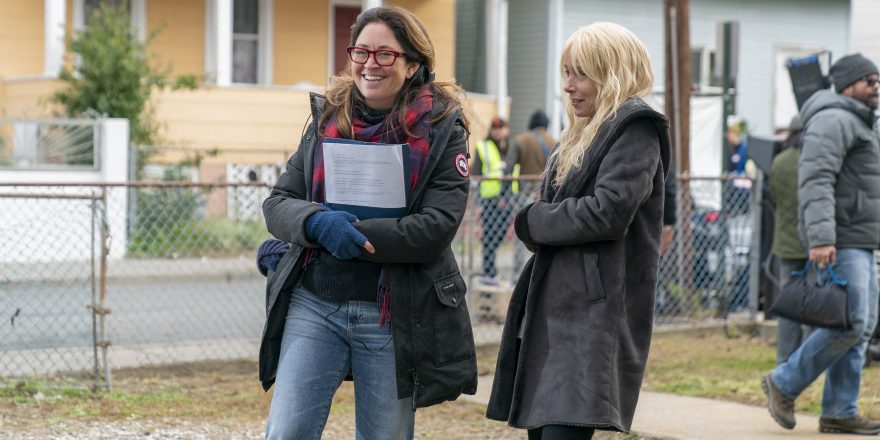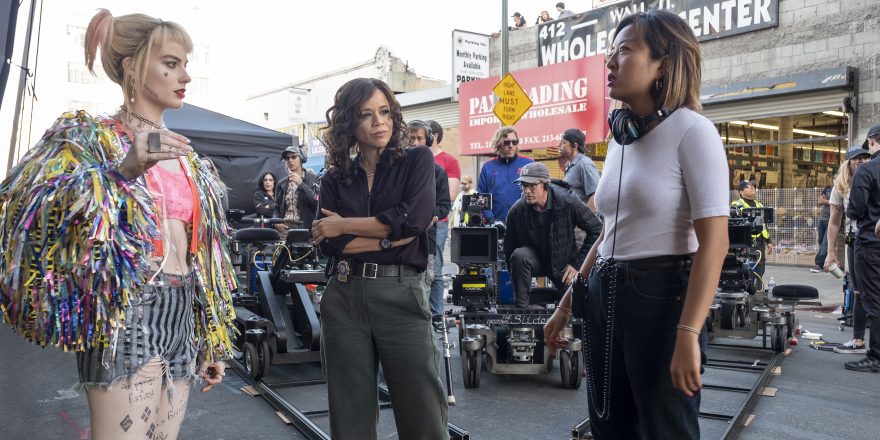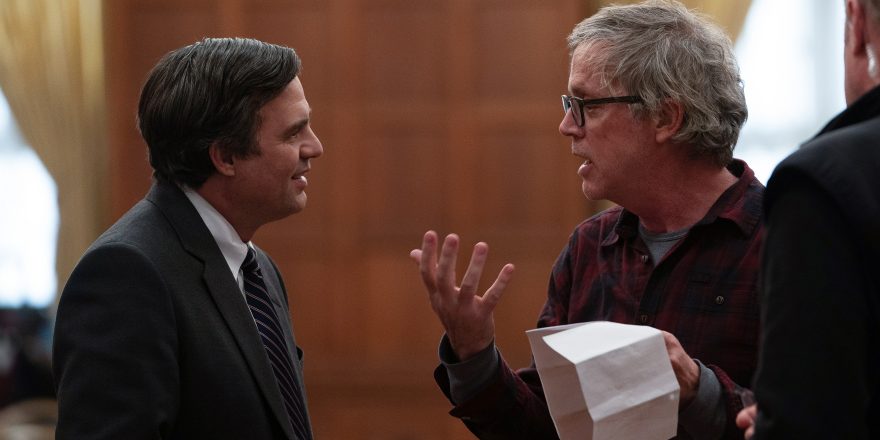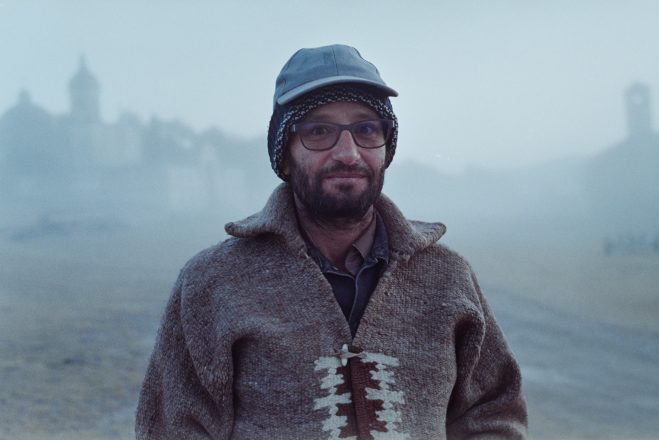Three Great Things is Talkhouse’s series in which artists tell us about three things they absolutely love. To celebrate the March 13 release in theaters and on Netflix of Lost Girls, a true-crime drama starring Amy Ryan, Thomasin McKenzie and Gabriel Byrne that marks the first fiction feature from documentarian Liz Garbus, the Academy Award-nominated director shares some of the things that are most important to her. — N.D.
The Journalist and the Murderer
This short book – which started as a New Yorker essay – has had a huge influence on the way I think about my work. The journey that led to Janet Malcolm’s tome starts with a book about the Jeffrey MacDonald murder case called Fatal Vision, by Joe McGinniss. McGinniss came down to North Carolina to report on the brutal murder of Jeffrey MacDonald’s family on an army base in Fort Bragg, and initially believed MacDonald didn’t do it. However, in the course of reporting out the story, he became convinced of MacDonald’s guilt. By this stage, though, he’d already ingratiated himself with MacDonald, had become part of his defense team, so he could have inside exclusive access, and used it to write this long and fascinating book about the case, the family and MacDonald. When MacDonald went on 60 Minutes, the interviewer read him portions of the book and, on national television, his face dropped as he realized he’d been betrayed by McGinniss, who he thought was telling his version of the story. Fatal Vision led to a number of lawsuits, and ultimately MacDonald was convicted for the murders.
The Journalist and the Murderer came about when one of McGinniss’ lawyers contacted Janet Malcolm to examine MacDonald’s case against McGinniss from a free-speech perspective – could someone be sued for reporting their version of events? But Malcolm took a very different tack by examining that compact between journalist and subject, famously calling the journalist a “con man.” She described the cannibalistic relationship between the journalist and the accused, where the accused is hoping to get one thing, but the journalist is holding all the cards and looking for something very different.
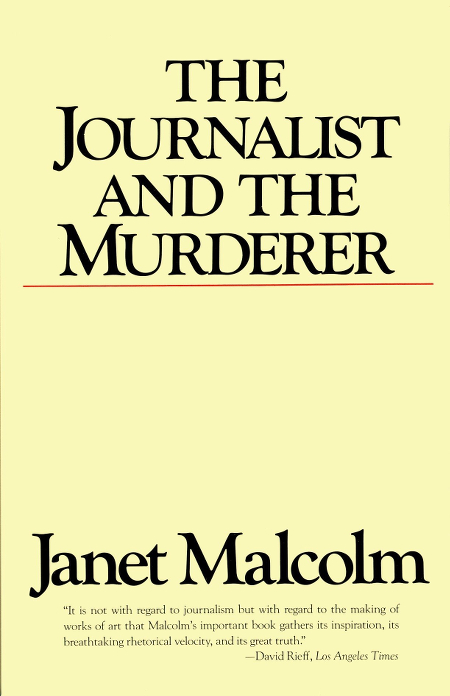
I’ve been a documentary filmmaker for most of my life, and I have heard both the stories of those accused of heinous crimes and those who’ve suffered great injustice. I have always been acutely aware of the power and promise that storytelling holds, and the very complicated relationship between storyteller and subject. A lot of people were angry at Malcolm for her point of view in The Journalist and the Murderer, but I personally found it transformative. Reading Malcolm’s book made me adjust the way that I talk to people. It’s very easy to promise the power trip of “When your story gets out there, the whole world will know,” but it’s invaluable to have a voice in your head that reminds you of that power, of that ethical contract. You should always be thinking, How can I be more decent in this relationship?
There’s a documentary I made called There’s Something Wrong With Aunt Diane, which told the story of a family that was devastated when the mother drove the wrong way down the Taconic Parkway and caused an accident which ultimately took eight lives, including her own. The blood tests showed she was drunk and high at the time and the surviving family members couldn’t believe the results – she never would have done something like that, there had to be a mistake. When we were making the documentary, I did feel that urge to find a smoking gun proving blood samples had been mixed up, or showing there was some conspiracy. Because I was conscious of that, I was careful to say, “Look, I don’t know what I’ll find,” and give the caveat that the answers they were hoping for might not be part of the journey of this film. It doesn’t necessarily stop people from hoping or from believing, but it makes a more honest relationship between storyteller and subject.
Cacio e Pepe
Cacio e Pepe is a dish from Via Carota, a restaurant in the West Village. Cacio e Pepe is simply spaghetti with cheese and pepper, and it is the most delicious thing. If I’ve had a hard day or a hard week, I will try to get to Via Carota at 5:30 p.m., before the crowds come, and I will sit at the bar and order my Cacio e Pepe. I might also order the green salad, because it cuts against the richness and the deep satisfaction of the pasta, and a glass of Sangiovese, but what’s really necessary is the pasta.

Some people might want a Scotch or a joint after a stressful day, but for me the starch and the cheese and the pepper in the Cacio e Pepe somehow conquers all woes. I’m Brooklyn-based and tend to spend as much of my life as possible not crossing the river into Manhattan, so this meal is more for a special occasion. It definitely is a very filling dish, but sometimes you’ve just got to indulge – and it’s always worth it.
Part of the reason I love this meal so much is that it transports me back to a restaurant that I went to in Italy, Ristoro Di Lamole. It is on top of a hill above a town called Lamole, just outside Greve in Chianti, which is in the Tuscany region. I haven’t been back since I’ve had a family, but it was a place that was so special that next time I go to Italy, I will try to take a detour to go to back to Ristoro Di Lamole. There is something satisfying and comforting and so deeply pleasurable about eating that food, and Via Carota reminds me of that.
The Ice House Pond
I’m almost reluctant to mention it publicly, because the beauty of the Ice House Pond in Martha’s Vineyard is that it is completely empty and unknown, even in a place where there are lots of tourists and visitors. It’s a little pond in West Tisbury; you can’t drive or bike to it, you have to walk 20 minutes down a path to get there. If you go the right way down the path, you’ll go down some steps and find the dock to a small pond. You can go in August, at the height of the tourist season, and there’s almost never another soul, so you can hear the sounds of wind and birds, and be completely alone and peaceful. I love to go free water swimming, so I will swim around the periphery of the pond, which takes about 30 or 40 minutes. When I reach the far side, I always poke my head up and float for a bit, and listen. I feel incredibly alone, and there’s something so wonderful about that isolation. It’s an experience I don’t have anywhere else. I can remind myself that I’m a human being living on this earth, and it makes me feel alive and aware in a way that daily life seems to erase.

Living in Brooklyn, it’s very hard to find spaces where you’re alone. I meditate, but that is not the same as being in nature. My life is filled with people and things and noises and phones and children; those are all wonderful things. But when we go to Martha’s Vineyard in the summer, the Ice House Pond is a haven for me and the isolation I find there is a wonderful antidote.



